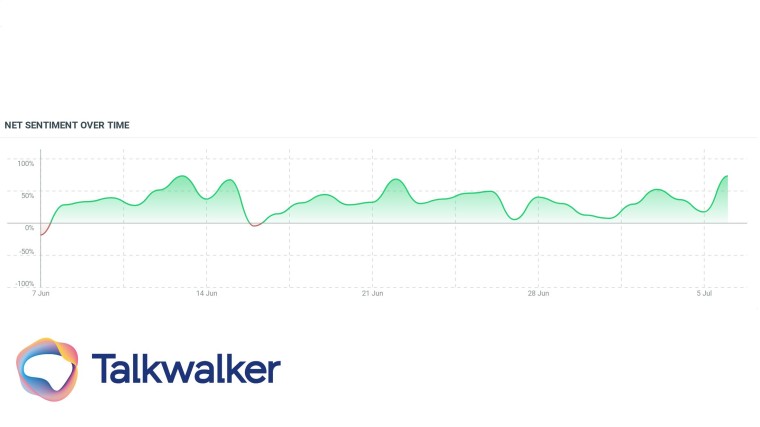Three key steps to turn data into business intelligence

-


Data sources are becoming increasingly diverse and complex every day. Some marketers and advertisers might consider this a blessing, however, it does create its own set of challenges to deal with. More data means you could lose focus on what really matters, and go chasing vanity metrics without creating actionable insights that translate into business intelligence, and ultimately: profit.
The digital disruption, accelerated by COVID, caused tremendous amounts of data to become available across organizations. Though, marketers and advertisers at those companies didn't gain a better understanding of their customers , mainly due to archaic data modeling techniques which resulted in not being able to capture these shifts reliably and quickly. In the digital world, accuracy, scalability, and speed determine the rate at which decisions are made and action is taken.
While agile marketers were capable of leveraging real-time data analytics to drive their data-driven marketing strategies, others were reluctant to accept the change. In today's market, marketers can no longer stand by and watch as their brands lose their market share and customers to competitors. Turning data into business intelligence will make the difference between a customer-centric brand that's capable of sustainable innovation and adaptability.
Below are three key steps that'll help you better understand your customer data. Transforming numbers into words.
- Start with the end in mind: Before you start building any fancy dashboards or reports, you have to ask yourself what you're looking for and why it's important. The old adage that says that you can't optimize what you can't measure remains, though I want to take it a step further to say: You can't measure what you don't recognize. Meaning, you cannot assume that by having endless data points you'll eventually find insights. Data is just data, it's the input rather than the output. The story that you form from those data points is what creates actionable business insights. Marketers answer the question 'What business goals am I trying to achieve?', without trying to tackle all goals at once, instead focusing on clear manageable goals.
- Focus on the big picture: Visualizing data the right way could unravel insights that might have otherwise remained hidden within Excel sheets. They say a picture is worth a thousand words, and it's even more true when it comes to data. Presenting your data in a visually appealing way does not only make it easier to understand for other team members, but also enables you to monitor trends across a timeline, and therefore act upon crises/opportunities even before they happen. For example, let's say we want to look at the net customer sentiment surrounding the word 'beer' during the past 30 days.

Looking at the timeline we realize that the conversation around ‘bier’ is generally positive, however, there’s a slight dip right around the 16th of June. Zooming into the negative sentiment dip, we realize that it’s because people are complaining about a new law that forbids supermarkets from discounting the prices of alcohol as they do with other merchandise (supermarkets were initially allowed to give a 50 percent discount, but from 1 July that has been halved to 25 percent).
This is a simple example of how looking at the big picture unravels an insight that might have fallen off your radar if you’re focusing too much on the day-to-day data.
- Make the connections: Data without context could potentially lead to catastrophic business decisions. Looking at your data in a vacuum might give you some insight, though it will always be lacking a key factor that will solidify any hypotheses you had: correlation and causation. Combining two seemingly disparate data sets empowers you to recognize and analyze patterns and similarities between audience segments.
There you have it. Transforming data points into business intelligence requires that marketers must think less like data scientists and more like social scientists. At the same time, marketers must be agile enough to empower the entire organization by breaking down silos, because they’re on the ‘digital frontline’ and are the ones who deal with the community on a daily basis.
Social, market, and consumer intelligence platforms are readily available on the market. Talkwalker’s state-of-the-art solution offers marketers a cutting-edge platform to activate the voice of the customer and gain conversational intelligence - book your free demo today.










Reacties:
Om een reactie achter te laten is een account vereist.
Inloggen Word lid